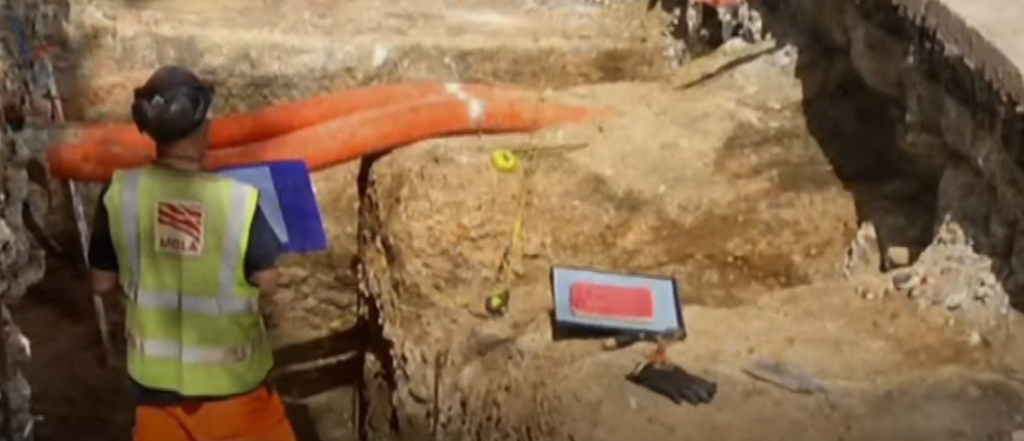The road’s condition is remarkable given centuries of development.
Others are reading now
Archaeologists in London have uncovered a well-preserved section of the Roman Watling Street beneath Old Kent Road.
This find, made during construction work on the Southwark district’s heating network, has been hailed as a breakthrough in understanding Roman infrastructure in Britain.
The section measures 5.8 meters (19 feet) wide and 1.4 meters (5 feet) high. Watling Street, built in AD 43, originally stretched 276 miles (444 kilometers) from the port of Dover through St. Albans and into the Midlands.
It served as a critical route for Roman transport and communication, hosting emperors like Hadrian during his travels to Britain, according to Ziare.
Also read
Dr. Chris Constable, Southwark Council’s archaeology officer, said earlier digs in the 1990s hinted at the road’s path but failed to confirm it.
This new discovery fills those gaps. The road’s condition is remarkable given centuries of development, including sewer systems, power lines, and modern road construction.
Survived Nearly 2,000 Years
Dave Taylor, a project manager from the Museum of London Archaeology, expressed excitement about the find. “It’s incredible that this section of the road has survived nearly 2,000 years,” he said.
Archaeologists are particularly interested in studying the construction techniques used by the Romans to build such a durable route.
Watling Street’s legacy extends far beyond the Roman era. After the fall of the Roman Empire, Anglo-Saxons renamed parts of it, such as Wroxeter, which evolved into “Watling.”
The road remained vital during medieval times and was gradually integrated into Britain’s modern road system.
Historically, Watling Street was first identified in London in 1671 during the reconstruction of St. Mary-le-Bow Church after the Great Fire of 1666.
Roman records, such as the Antonine Itinerary, have also provided clues about its route.
The newly uncovered portion of Watling Street confirms its path through central London, connecting the Thames crossing to the city walls and branching out toward key Roman destinations.


